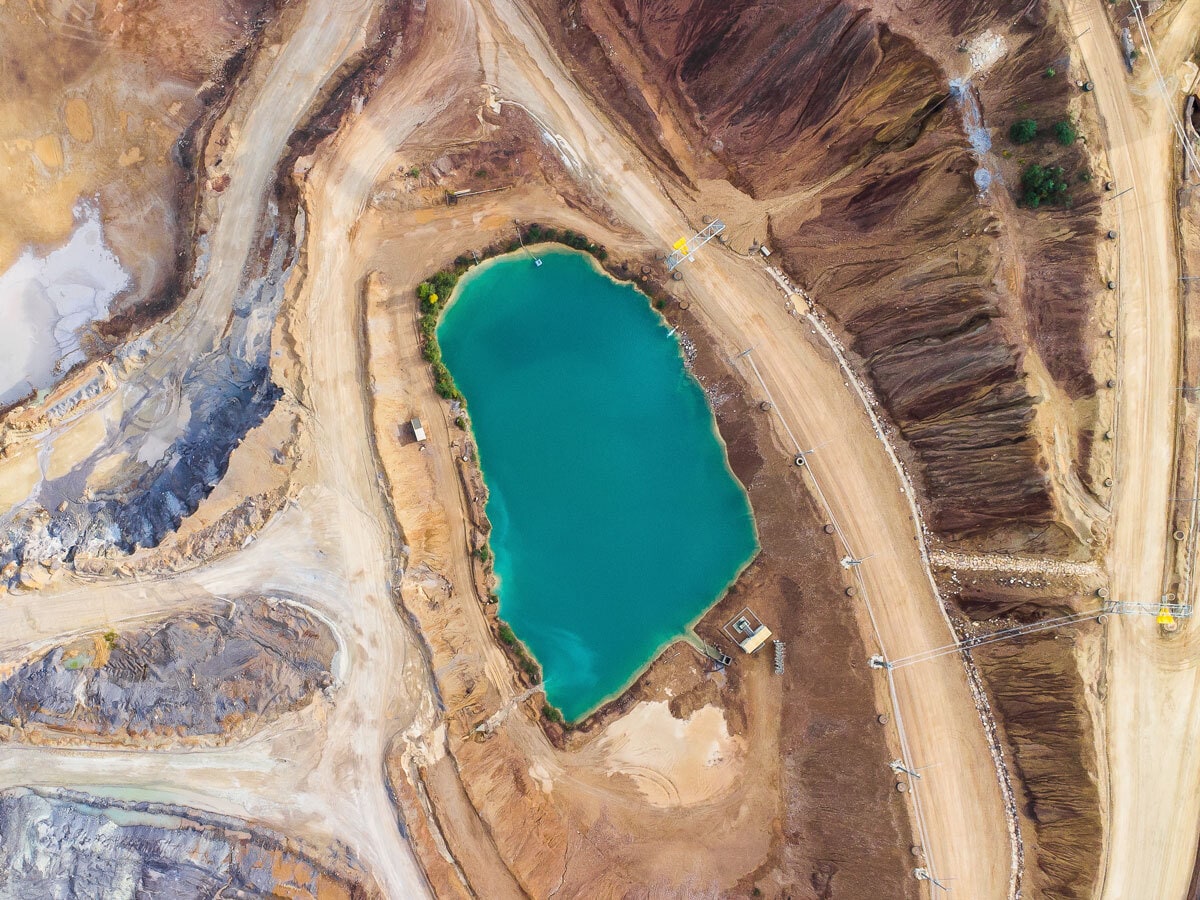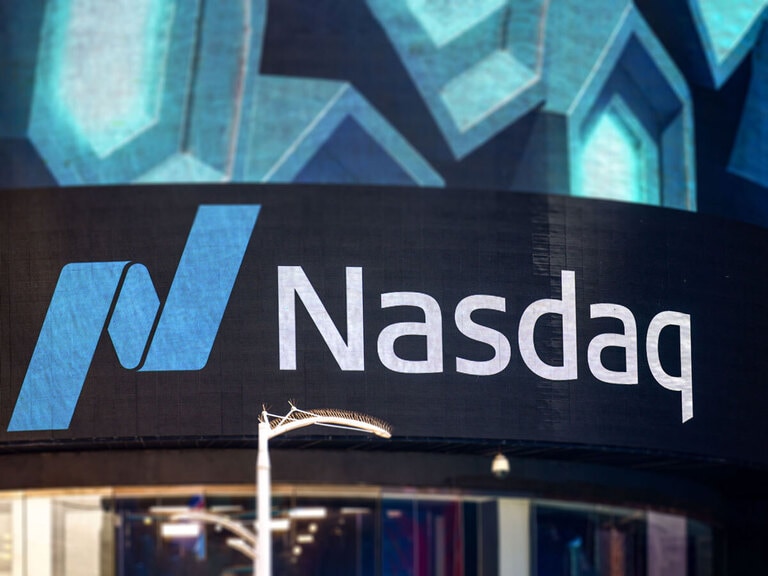Rare earth metals are vital in a range of modern technologies, from electric vehicles to wind turbines, as well as consumer electronics like smartphones. As China moves towards an export ban, carmakers like Tesla are switching to other technologies, while governments are exploring new mining opportunities.
- China is seeking to ban the export of rare earth metals.
- Electric vehicle names including Tesla are moving away from using rare earth elements.
- How to invest in rare earth metals: The VanEck Rare Earth and Strategic Metals UCITS ETF [REMX] offers exposure to stocks within advanced technology and strategic metals. It is up 12.6% year to date.
Demand for rare earth elements and strategic metals has grown in recent years, thanks to their widespread use in many modern technologies. However, a limited number of specialist companies mine and produce these materials globally, meaning their supply can be restricted, and is subject to market volatility. These critical metals and minerals can also be challenging to extract from the ground.
Rare earth elements are particularly important in the ongoing transition to a greener economy, as they are used in items including electric vehicle (EV) batteries and wind turbines.
Metals classed as rare earths include neodymium, dysprosium and praseodymium, which are important for high-performance magnets, commonly used in EVs.
China is currently the leading global producer of rare earth elements. Last year it mined 210,000 tonnes, ahead of the US with 43,000 tonnes and Australia’s 18,000 tonnes. However, other countries are entering the field. Vietnam, which has the world’s largest deposits of rare earth minerals after China, recently upped its rare earth production tenfold — buoyed by rising global demand for EVs.
In 2023 prices of some rare earth metals are falling. According to Trading Economics, neodymium is down 49.58% year to date.
Elsewhere, MetalMiner notes that demand recently slipped as supplies increased, and as more mining initiatives are launched around the globe. The Rare Earths Monthly Metals Index tumbled 15.81% during April, although this flattened out during May.
Tesla moves away from rare earths
In April, it was reported that China is seeking a ban on exporting certain rare earth metals, including neodymium. This would equate to the country tightening its grip on global high-performance magnet supply chains; rare earths could be potentially used as a “bargaining chip” by China, as reported by Nikkei Asia.
However, EV maker Tesla [TSLA] earlier this year announced it was looking to eliminate its reliance on rare earth elements in its cars. It is rumoured that Tesla will move to magnet technology that uses ferrite magnets instead. The news on 8 March caused a selloff for Chinese and Western companies, including Australia's Lynas Rare Earths [LYC.AX], which tumbled 6.8%.
Other automotive names including Volkswagen-owned [VOW.DE] Audi and Mercedes-Benz [MBG.DE] are looking to use induction motors in their EVs, which also sidestep rare earth elements.
However, Madeline Rudd, research analyst at Global X ETFs, told Opto that efforts to reduce rare earth reliance will be slow over the next decade: “For EVs, non-rare earth magnets are not yet widely commercially available and generally do come at a cost for the efficiency and weight of the vehicle. And in the wind power sector, industry professionals believe that reductions in the use of rare earths on a per megawatt of capacity basis should be outpaced by overall wind power capacity growth globally.”
Rare earths consultancy Adamas Intelligence estimated only 12% of global magnet demand was driven by EVs.
Lynas builds new Australian plant
Lynas Earth supplies sustainable rare earth materials including neodymium and praseodymium (NdPr), cerium and lanthanum. It has mines in Australia and Malaysia.
In the year to date, the Lynas share prices fell 1.4% to the close on 13 June, and over the last month nudged up 4.8%. In the last 12 months it slid by 9.26%.
However, at its conference in May 2023, Lynas announced it is growing to meet “accelerated market demand”, posting revenues of $237.1m for the third quarter (Q3) of 2023. Its production volume was down on Q2 but up on Q1. It noted record NdPr production for the quarter, with a new plant being constructed in Kalgoorlie, Australia, to open in 2025.
China Northern Rare Earth [600111.SS] is based in Baotou, Mongolia, and specialises in the production and export of rare earth raw materials. Year-to-date, it has declined 5.18% and in the last 12 months it is down by 42.8%.
Jane Edmondson, co-founder of EQM Indexes, told Opto that clean energy applications are a key driver for the theme. “Magnets represent 30% of the demand for rare earth metals and they are vital for many renewable energy and energy storage applications.”
She added that defence spending is another rare earth catalyst as it is needed for applications such as night-vision glasses, communication equipment, stealth technology and precision-guided weapons. “NATO countries have a 2% GDP target, which will drive more demand for military equipment, especially given the Ukraine-Russia conflict.”
Race for rare earth supply chain strategies
Countries are recognising the urgent need to invest in rare earths. In March, a UK government policy paper highlighted how “critical minerals underpin far more of our lives than most people are probably aware”, so “we must create resilient and diversified” supply chains. Last July the UK government outlined its Critical Minerals Strategy, aimed at improving domestic capabilities.
In May of this year the UK struck a deal with Saudi Arabia to develop a supply chain for rare earth minerals, alongside metals including copper, lithium and cobalt. Countries including Japan and Canada also have critical mineral strategies in place while there are trade deal talks in South America. According to data from Bloomberg, the global energy transition will require $6trn-worth of rare earth metals in the next 30 years, five times more than is produced today.
As China’s export ban looms, the US Department of Defense recently handed MP Materials [MP] a $35m grant to establish a new rare earths processing facility. MP owns and operates Mountain Pass, California, the only rare earth mine in the US.
Are you finding this content insightful? Leave us some feedback here.
Demand strong longer term
The current wider macroeconomic environment has inevitably weighed on the sector. Madeline Rudd of Global X said: “The rare earths industry has been impacted by rising production costs as well as more muted demand for electronics and vehicles.”
But she added they believed that long-term demand outlook remains strong “given that they are fundamental in both everyday technologies like smartphones as well as disruptive digital and clean technologies like robotics, wind turbines, and electric vehicles.”
Edmondson underlined that the theme is closely enmeshed with the EV sector. “Metals shortages and battery prices are key issues facing EV manufacturers as they compete for resources and try to compete on price with traditional autos. With the big automakers like General Motors [GM], Ford [F], BMW [BMW.DE] and Volkswagen [VOW.DE] coming into the competitive mix, some smaller players could end up being the losers in this EV vehicle trend.”
How to invest in rare earth stocks
ETFs, or exchange-traded funds, offer an economical and diversified way to invest in a variety of stocks within a particular theme.
Funds in focus: The VanEck Rare Earth and Strategic Metals UCITS ETF [REMX]
The VanEck Rare Earth and Strategic Metals UCITS ETF [REMX] is up 12.6% in the year to date as of 13 June, but down 4.29% over the last 12 months. The fund, which aims to “track the enablers of energy transformation and decarbonisation”, has Australian lithium miner Allkem [AKE] as its top holding, with 8.05% of assets as of 14 June. Fellow Australian lithium miner Pilbara Minerals [PLS.AX] has 7.91% of the portfolio in second place. China Northern Rare Earth is in fourth place with 6.47% of the portfolio, while Lynas has fifth place with 6.20%.
The fund is 99.9% weighted towards materials, with 43.02% of companies based in Australia, 27.42% in China and 12.91% in the US.
The Sprott Energy Transition Materials UCITS ETF [SETM] has risen 6% in the last month but has slipped 10.6% since February. The fund again gives exposure to firms that are providing the “critical materials needed for the global clean energy transition”. In terms of regional exposure, 34.25% are based in Australia, while 14.07% are in Canada and 12.68% in the US. Lynas has a 4.77% weighting in the fund as of 14 June. Pilbara has 4.68% of the portfolio.
Disclaimer Past performance is not a reliable indicator of future results.
CMC Markets is an execution-only service provider. The material (whether or not it states any opinions) is for general information purposes only, and does not take into account your personal circumstances or objectives. Nothing in this material is (or should be considered to be) financial, investment or other advice on which reliance should be placed. No opinion given in the material constitutes a recommendation by CMC Markets or the author that any particular investment, security, transaction or investment strategy is suitable for any specific person.
The material has not been prepared in accordance with legal requirements designed to promote the independence of investment research. Although we are not specifically prevented from dealing before providing this material, we do not seek to take advantage of the material prior to its dissemination.
CMC Markets does not endorse or offer opinion on the trading strategies used by the author. Their trading strategies do not guarantee any return and CMC Markets shall not be held responsible for any loss that you may incur, either directly or indirectly, arising from any investment based on any information contained herein.
*Tax treatment depends on individual circumstances and can change or may differ in a jurisdiction other than the UK.
Continue reading for FREE
- Includes free newsletter updates, unsubscribe anytime. Privacy policy





